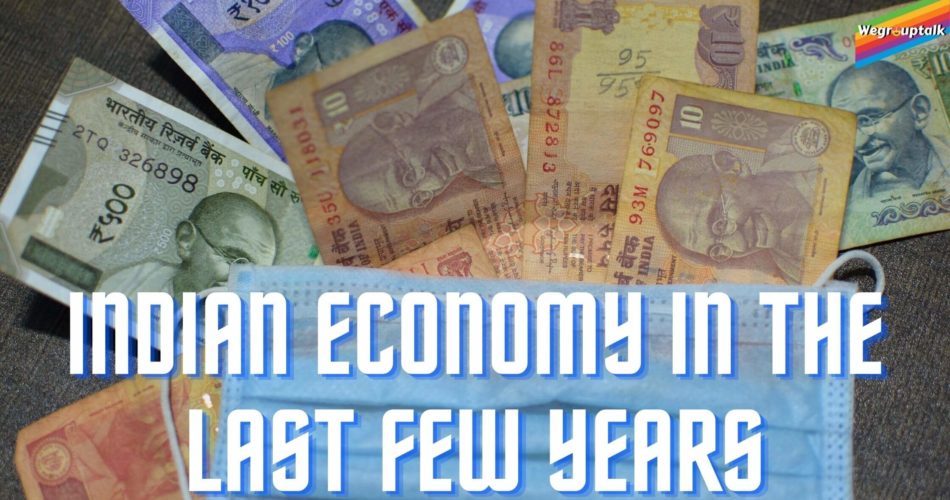To begin with, let me mention the current position of the Indian economy in the world. Characterized as the middle developing market, India is the world’s 5th largest economy by nominal G.D.P. & 3rd largest Purchasing Power Parity (P.P.P.). According to the international monetary fund, India is ranked 142nd by Nominal G.D.P. and 124th by Per Capita G.D.P. There has been some downfall in the Indian economy from the past few years. Recent research on the same topic at Harvard University reads;
“Export growth slowed sharply as world trade stagnated, while investment fell victim to a homegrown Balance Sheet crisis, which came in two waves,” writes Arvind Subramanian.
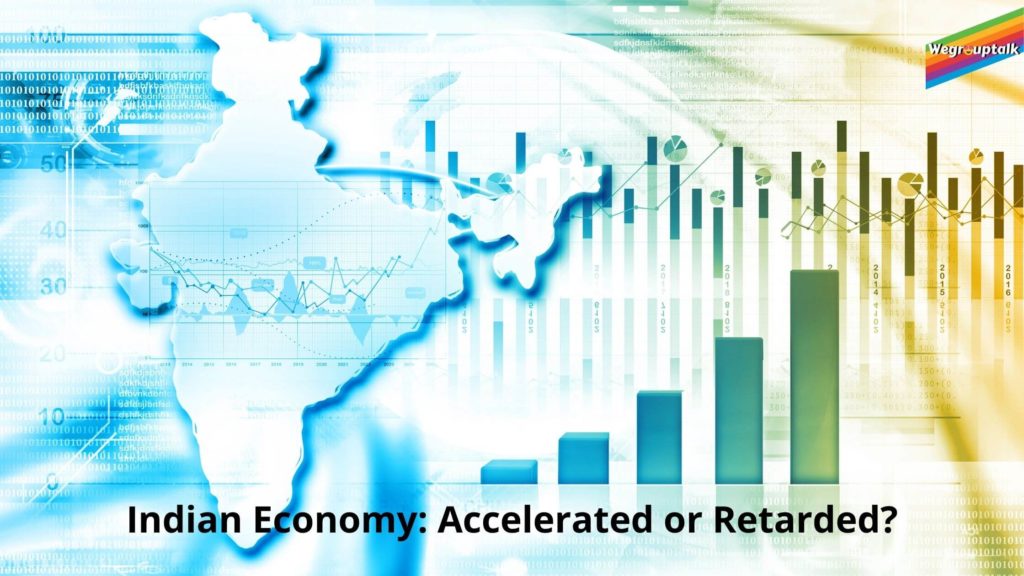
How are people suffering from the rising Indian economy?
A recent study from the World Economic Forum reads Indian Social inequality keeps a significant section of the population low forever despite its impressive economic growth.
Dated: Jan: 19: 2020
It would take seven generations for low-income families to approach the country’s mean income. Over 200 million Indians manage their livelihood on less than R.s. 32 per day.
India’s poverty remains still a Heredity.
Life of Tribal Societies
- Lack of proper education: their average literacy rate in India is 14.92%
- Psuedo caste system.
- No appropriate medical facilities.
Crimes due to poverty:
Someone rightly has said that poverty is the mother of crimes.
The study says 57% of 33886 children involved in crime 2020 belonged to the families having less than R.s 25000 annual income.
12.6 million children are working in some working places which belong to the age group of 5 to 14 years.
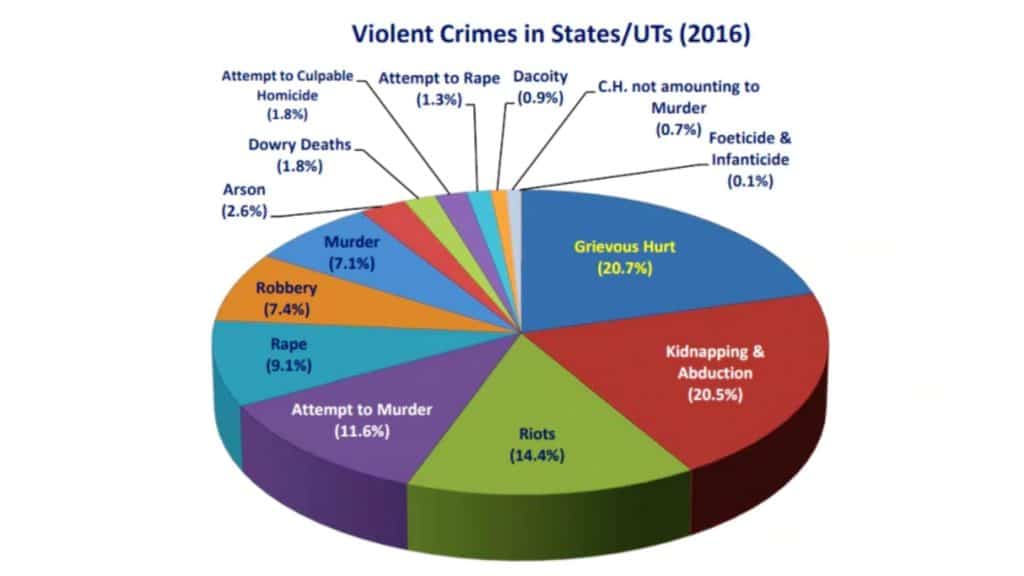
Hunger and Malnutrition
- India holds the position of having one of the enormous numbers of hungry mouths. It contains the rank of 100 out of 119 ranked countries.
- A Survey of 17 Indian states gives an Average hunger State Index of 23.30, in which the top three states have 30.87, 28,67, and 27.30 HSI. These include states of M.P., Jharkhand, and Bihar, respectively.
- Over 25 lakh of Indians die of hunger in India annually.
- On average, 7.4% of newborns die in less than five years due to hunger in India.
Following are some significant causes involved:
EFFECT OF DEMONITIZATION {an epic fallout}.
Introduced on November 08, 2016, people worldwide were asked to deposit 500 & 1000 rupees notes into their bank accounts. The step was taken by govt, hoping that black money was held in the form of cash by Anti-national elements, so they would not be able to deposit it into banks. As per the Reserve Bank Of India, the following results were recorded:
- Deposited amount of $242 billion up to June-30-2016
- It constituted 99% of demonetized money.
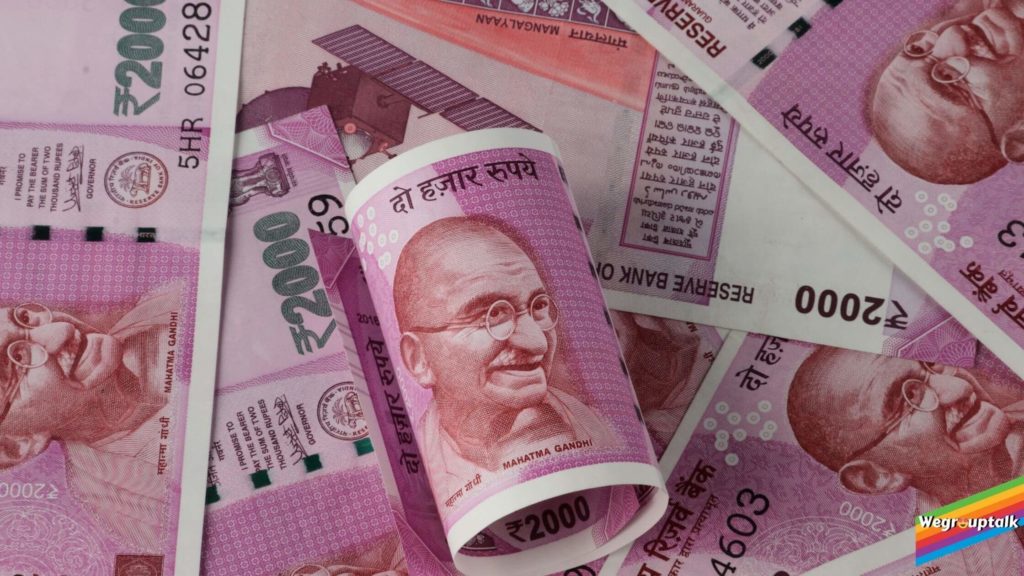
Probably black money holders were able to deposit their illegal money by giving it to the number of their contacts, and hence the idea of demonetization was a flop.
It led to the following negative consequences;
- With the sudden withdrawal of cash, the farm economy was poorly hit during demonetization.
- Nearly 1.5 million jobs were lost from January to April 2017.
- There was a downfall of 7.5% & 2.7% in Corporate investment and G.D.P. respectively.
IMPLEMENTATION OF G.S.T.
The nation was not recovered from the ill effects of demonetization, and govt introduced G.S.T. In haste, it delivered a massive blow to the economy. It took the toll on business establishments & companies and was initially used to purchase goods and raw material from suppliers. With less money in pockets at that time, markets were flooded with Chinese goods as being cheaper. This had other long term effects.
Tax authorities witnessed many reports of harassment of taxpayers.
To heal this, govt increasingly provided loans to entrepreneurs who could not pay loans back. In turn, this resulted in many banks’ bankruptcy due to the combined effects of G.S.T. and demonetization.
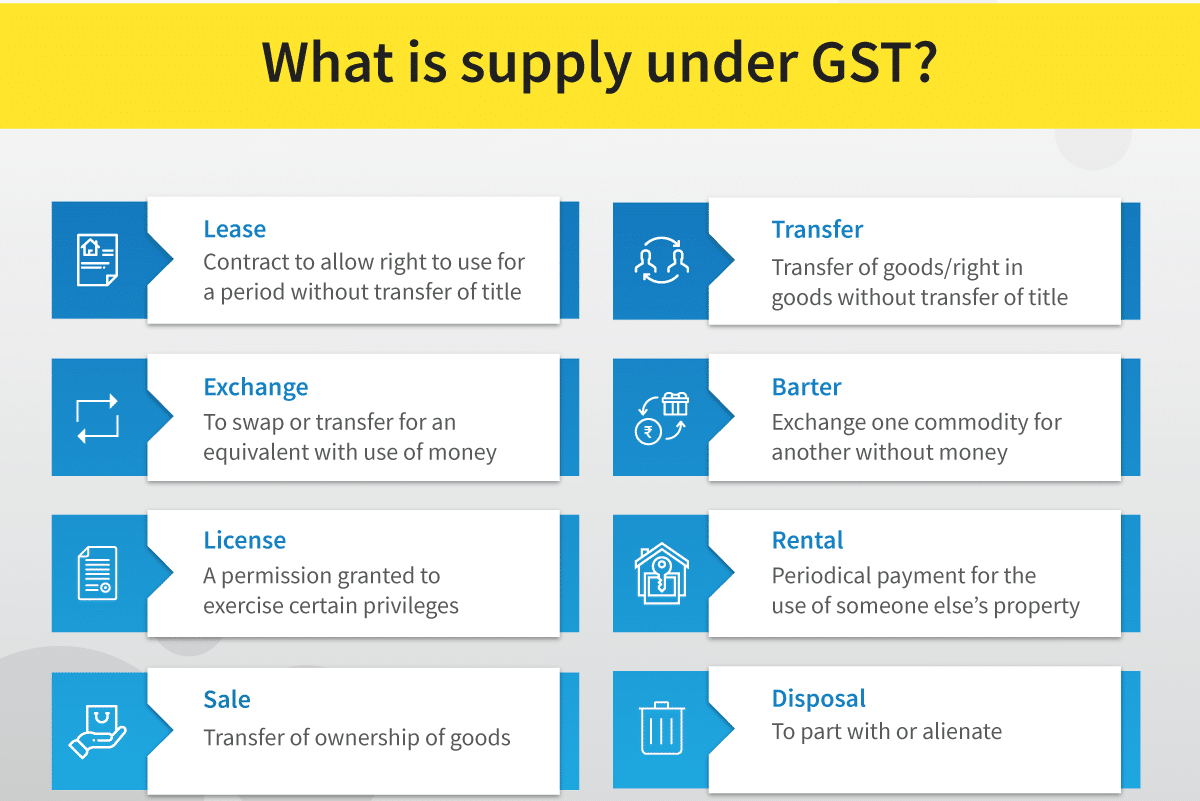
COVID-19 an unexpected pandemic.
As soon as a global emergency was announced in March this year, almost all business establishments, cinema halls, colleges, schools, etc., were shut for a prolonged period. The economy of around 150 countries witnessed a downfall. India also faced a decline in govt revenues, and stock markets also faced a lack of investment. Govt of India estimated:
- The total economic stimulus of 29.87 lakh crores was spent post-COVID-19 up to oct-31st, which constituted 15% of India’s total G.D.P.
- The unemployment rate touched its all-time high of 8.50 in October.
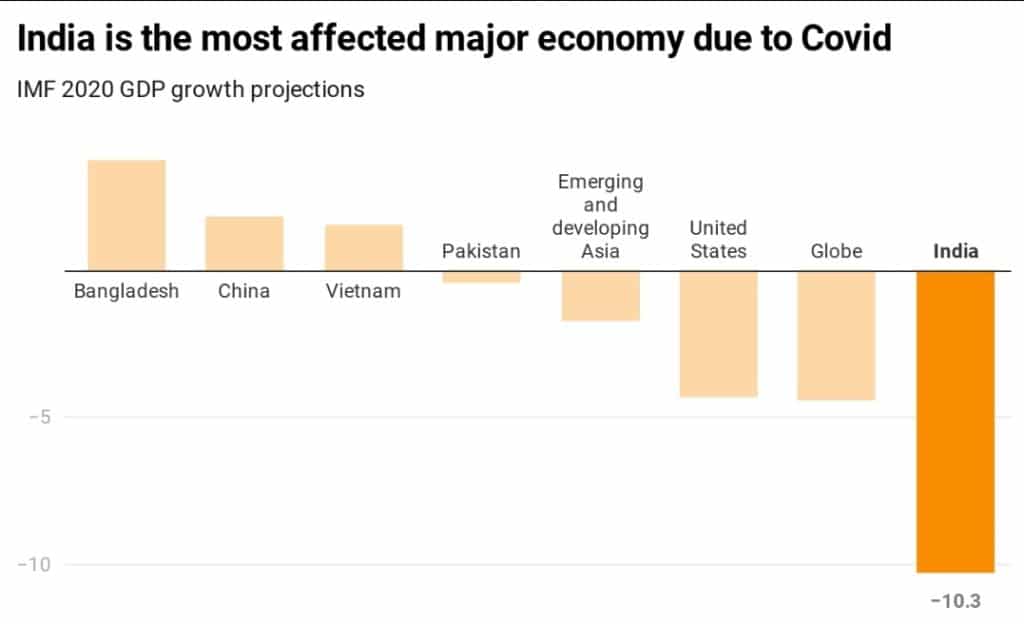
Migrant Labourers and Lockdown
With no means of transport, millions of migrant workers were rendered jobless and starving stuck in their workplaces. They didn’t receive the necessary facilities and proper evacuation, leaving them and their families without a penny in hand. On the way to their homes, they happened to face many accidents along with Police brutality.
INDIAN DEFENCE SECTOR KASHMIR DISPUTE.
The increasing animosity between India and Pakistan has taken thousands of innocent civilians and security forces from both sides.
As per daily news “the Hindu,” there have been 3800 instances of ceasefire violations this year up to October 22. Thousands of residential houses and army outposts were damaged. So directly or indirectly, the economy of the nation ahs been suffered. This forced India’s defence sector to use more funds to buy sophisticated and advanced weaponry technologies.
- A total of 5462 security forces personnel killed (includes army, CRPF, B.S.F., etc.)
- A casualty of 7000 Police personnel of J.K.P. up to 2009 has also been witnessed.
- Defence GDP of India (2020) = rupees 471378 crores.
- Recently 36 Rafael jets were imported from France for R.S. 5900 crores.
- For casualty of security forces, 60 lakh rupees compensation is given.
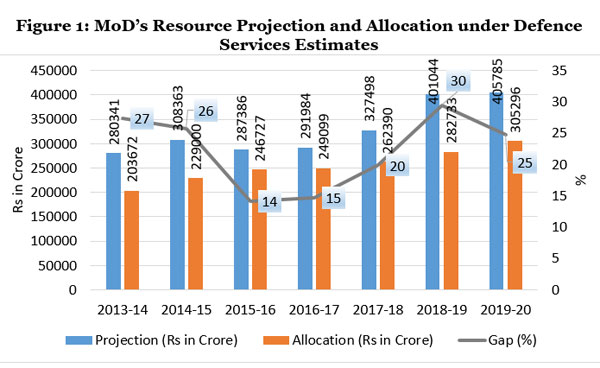
Also, Jammu and Kashmir’s unrest has left many business sectors like the fruit business and tourism industry bankrupt due to the prevailing insurgency here.
- Loss in the tourism sector in the past half of 2019 = rupees 15000 crores approx.
- They suffered a loss in the fruit business of approximately 18000 crores.
Although there was peace adopted from both sides of the border, we would not have so much expenditure on the defence sector and no precious human resources loss.
(I don’t say we don’t have to spend so much on defense, but we can minimize it by dialogue and peaceful methods, which in turn is the result of good governance. More importantly, we can save thousands of human lives. )
Implementation of controversial laws and mass protests:
Abrogation of article 370 and 35-a
On August 05, 2019, the Modi led government announced the abrogation of article 370 and 35-a, which gave special status to Jammu and Kashmir’s state, triggering a massive outrage among political leaders and social activists in general and the native citizens of Jammu and Kashmir in particular.
Two days before this, strict curfew was a pun in place in the entire state to avoid protest thus this acted as adding the petrol to preexisting fire here in J & K. Despite the curfew, severe protests were witnessed, all business establishments including trade, offices, transport, etc., were shut. Educational institutes were closed for 5-6 months. Mobile phone and internet services were also snapped. Even farmers were not allowed to harvest their crops in some regions of Kashmir.
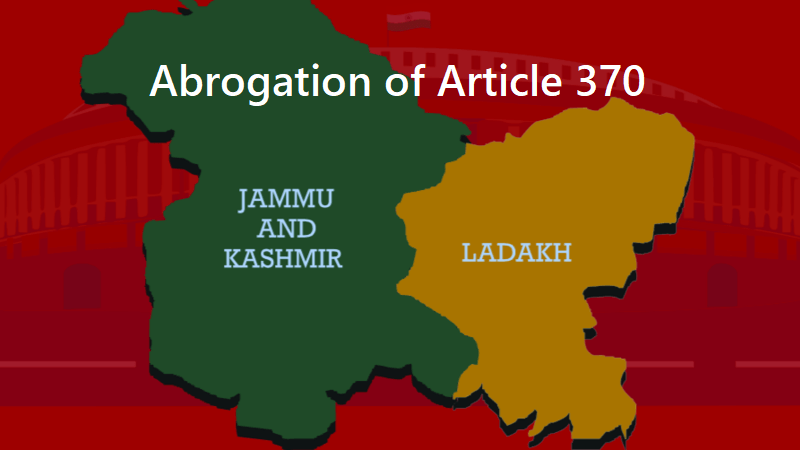
Jammu and Kashmir’s economy witnessed the loss of R.s. 40000 crores after August 05, 2019, to Aug 2020. I had a little conversation with a cab driver, who claimed to have witnessed the loss of R.s. 90k to 110k from August 05 to October 09.
Claimed, it would boost the economy of J& K and normalize the prevailing situation. We are still living with 2g in today’s Digital India.
C.A.A.; Citizen Amendment Act:
The bill allows Non-Muslim immigrants who have arrived here before Dec 32st 2014 to become Indian citizens. It does not mention it, though but includes Hindu, Jain, Sikh, Buddhist, Cristian, and faiths become permanent India citizens.
It led to massive protest in parts of India. The protestors mainly included Muslims and social activists as well. Some hotspots of protests include streets outside Jamia Millia Islamia University, A.M.U., J.N.U. Etc. Protests led to halting of transport, other business and offices in the vicinity.
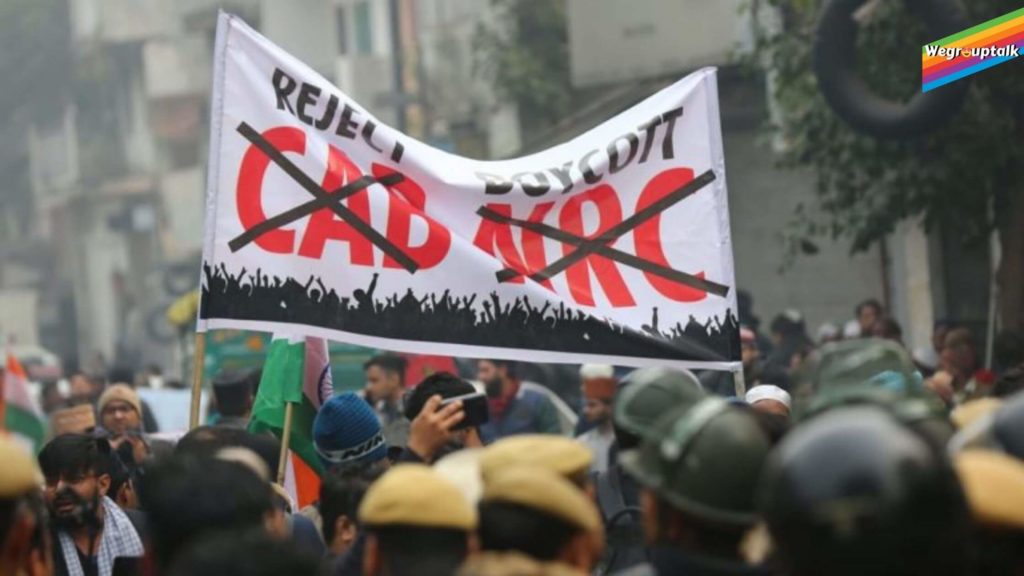
Farms Bill
Farmers Produce Trade & Commerce Act 2020, passed by parliament in September last year and described by farmers as an anti-farmer bill, Govt. claimed it would make it effortless for farmers to sell their products to big buyers.
Soon after its introduction, tens of thousands of farmers marched towards Delhi with slogan “Delhi challo“. These included farmers mostly from Punjab, Haryana and Rajashtan. On November 26 November 26, 250 million people took to virtual modes to support these protesting farmers. With this, they got attention from International Bodies. Some celebrities also showed their solidarity, and even some of them threatened to return their awards. Police used canisters to disrupt protesters.
These protesters turned violent at some places, and till December 28, 1561, Jio mobile towers were damaged.
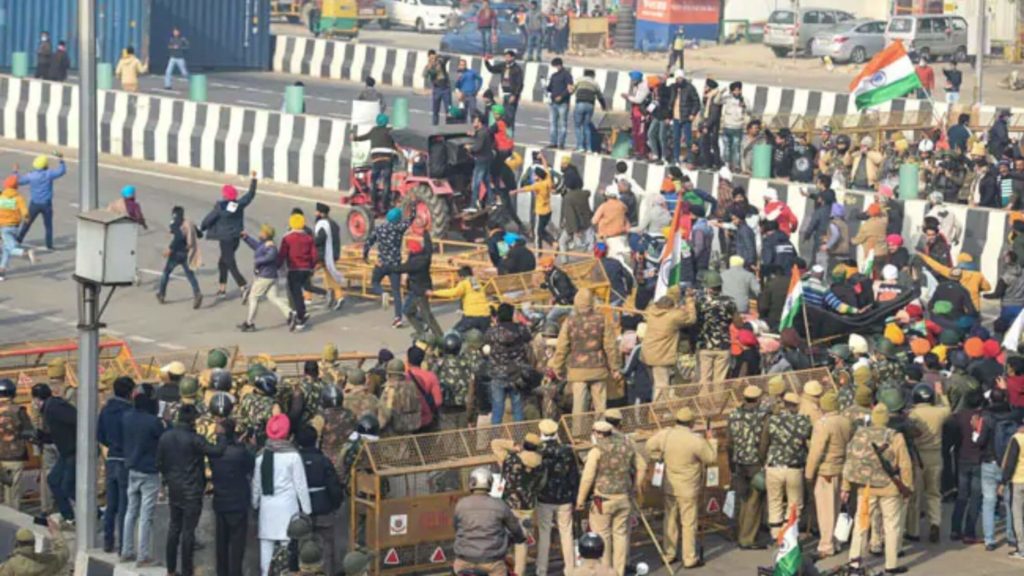
Reformations:
Nevertheless, governing boards are maintaining and managing these all kinds of stuff and watching the dire need of our nation’s growing economy. I would suggest some methodologies which might be helpful :
- Every national or state political party should have educational diversity in ministers, like the minister given the charge of some particular field should have some specific experience and knowledge of the assigned area. For instance, Finance minster should have some degree of economics to understand, formulate and implement unique and innovative ways to enhance “money” related things. Similarly should be with the health ministry.
- There should be such a ruling party system that if some particular minister fails to improve his assigned department, he should be replaced after a specific time interval (like one year).
- Education department should be made corruption free, to begin with, the war of crime.
- G.D.P. of the education department should be increased. Although slowly, but indeed this, the method is going to boost the economy of the nation.
- Trade relations with neighbouring countries should be increased compared to other countries as most Asian countries provide less human labour and wages and hence less cost.
- Young and talented minds pass outs from reputed institutes like from I.I.T.s and AIIMS`, usually get the offer of millions of dollars for working in foreign nations. As being the cream of over a billion populated country, there should be particular law for them, which makes them work necessary for the 6-8 months period of time here(in INDIA) to pay back to society wherefrom they got as a moral favour.
- Since everyone is familiar with the current growing population with accelerating rate, it is relatively higher than most of the countries why we do or use t as an opportunity, like the more population, more demand more labour is needed. We can work on this with systematic policies. If this will not contribute to the economy, but at the same time, it will not let it deteriorate also.
Follow us on FACEBOOK, INSTAGRAM and TWITTER to stay connected.
Also Read- Union Budget of 2021-22: Things you should know.

